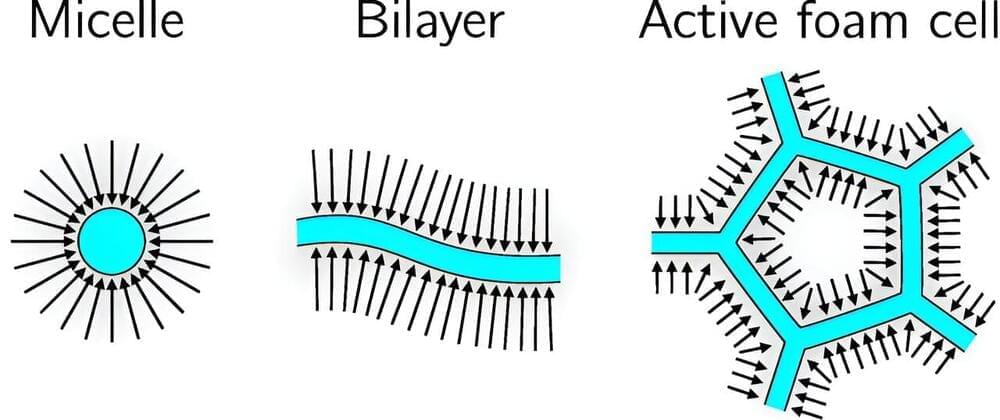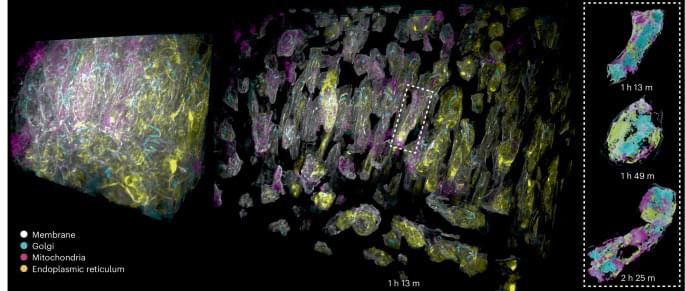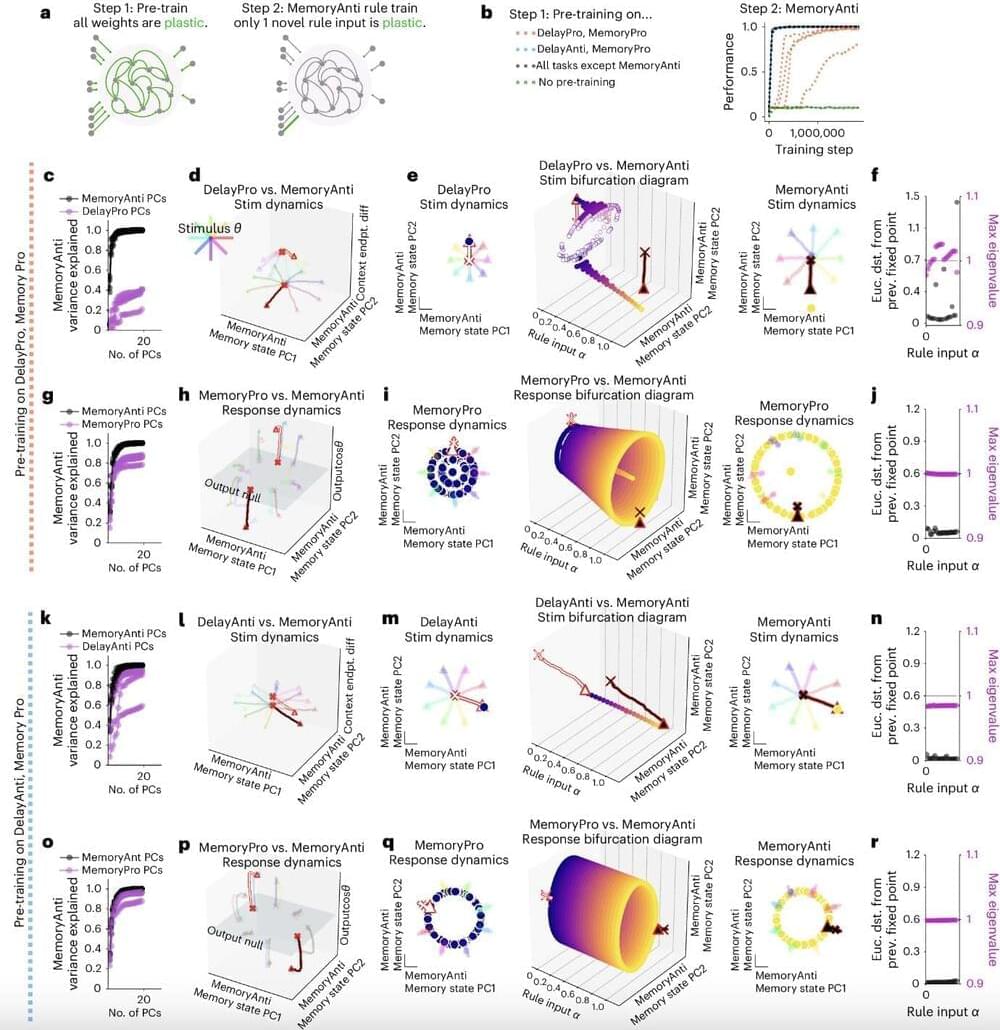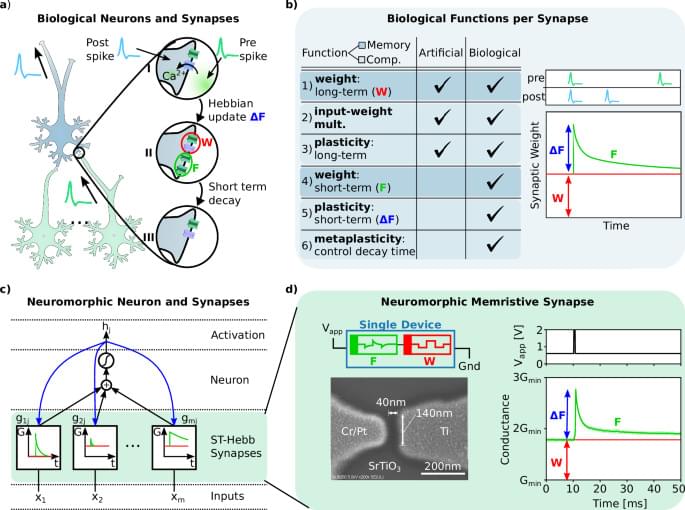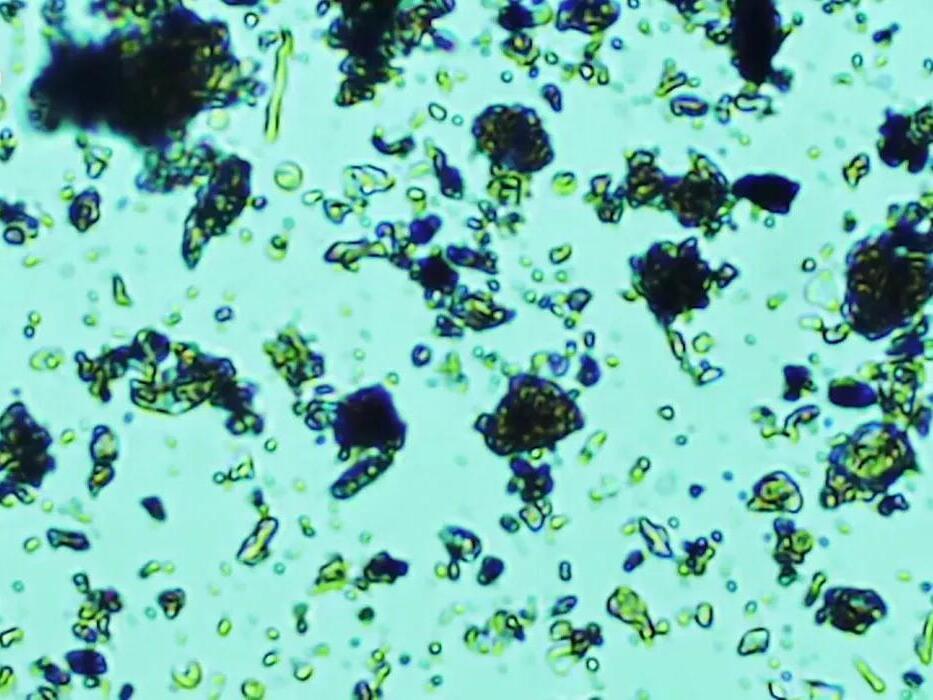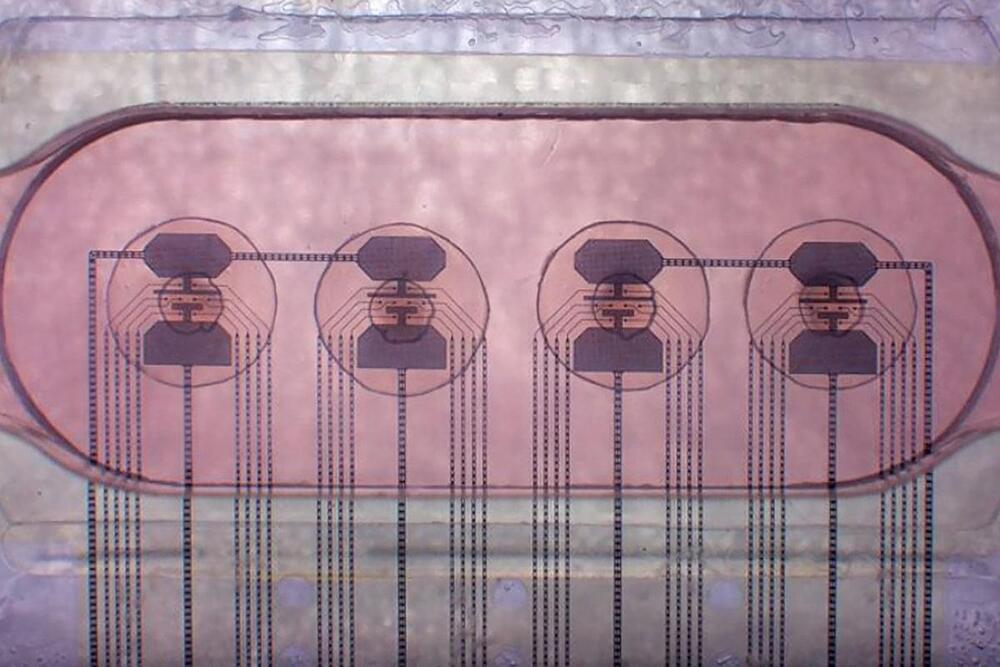Aug 21, 2024
Physicists develop new model that describes how filaments assemble into active foams
Posted by Saúl Morales Rodriguéz in categories: biological, nanotechnology, particle physics, robotics/AI
Many fundamental processes of life, and their synthetic counterparts in nanotechnology, are based on the autonomous assembly of individual particles into complex patterns. LMU physicist Professor Erwin Frey, Chair of Statistical and Biological Physics at LMU Munich and member of the ORIGINS Excellence Cluster, investigates the fundamental principles of this self-organization.
